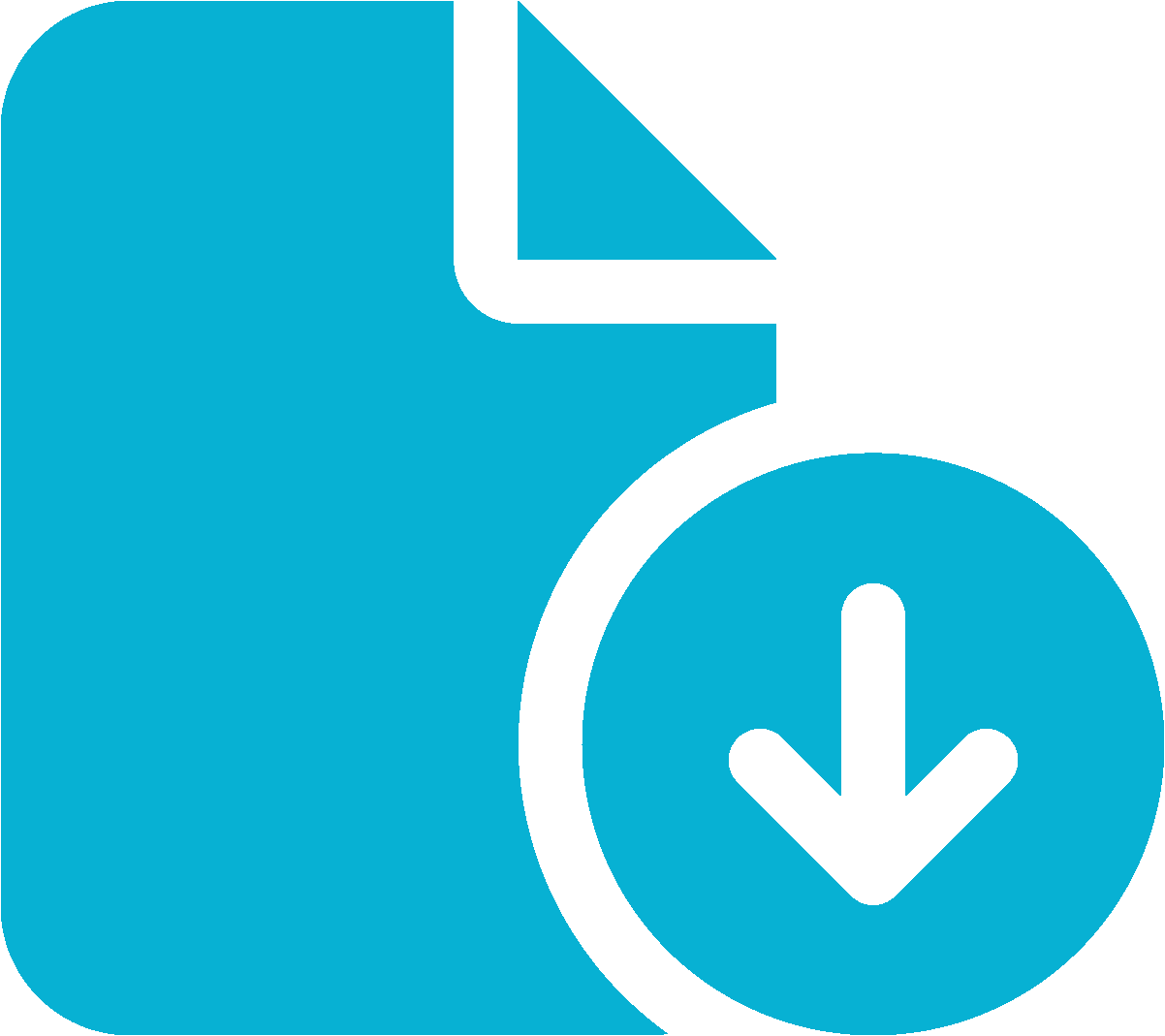To make the greatest positive difference in the world, it's important for us to understand the social impact of business activities throughout our supply chain and how they affect our stakeholders.
In 2017, Corbion joined the Social Value Initiative (SVI), a cross-sector initiative formed to help companies measure the social impacts of products and services.
In collaboration with other SVI members, Corbion helped develop a methodology for measuring social impacts. In 2019, we conducted a case study to gauge the impacts of our safety and extended shelf-life solutions. Findings from this study helped inform the most recent iteration of the Social Value Initiative Handbook, which provides a framework, an overview of data collection tools, and a scoring approach for assessing social impacts.
Measuring what matters: Social value assessment
Corbion's Advance 2025 strategy establishes a new social impact target: to have 100% of our products covered by a Social Value Assessment (cradle to gate) by 2025. To achieve this target, we're taking an approach based on the SVI methodology to systematically and comprehensively assess the social impacts of our products. (See ‘Measuring what matters: Assessing social value at Corbion’)
The assessment rates the material social topics on a 5-point reference scale (-2 to +2) for each of the relevant stakeholder groups: workers, local communities and (in the Thai value chain) small-holders.
So far, we have completed SVAs for our Blair (US) and Rayong (Thailand) facilities. Figure 1 shows the life cycle stages and stakeholders involved in our lactic acid production that are included in the scope of these assessments.
.jpg?h=709&w=1000&hash=F6CAD271E0A53C15E9A784848A22E619)
Figure 1: The life cycle stages and stakeholders involved in the value chain for lactic acid production in Rayong (Thailand) and Blair (US).
Figures 2 and 3 show the results of the Rayong and Blair SVA studies. In these graphs, the size of the supply chain bubble (dark blue) indicates proportionately the supplier's share of the score. The purple outline shows the score determined through assessment of our own operations. The light blue outline shows the average score for the applicable country and sector based on data pulled from Sedex Radar, a supplier risk assessment tool developed by the Supplier Ethical Data Exchange. The results of these SVA studies are from hotspot risk assessments and may not include positive aspects in the analysis.
At Corbion, we use the findings of the SVAs we perform as essential input into our efforts to improve labor conditions in our own operations and facilities. This information also provides the basis for engagements with our suppliers to promote ethical and sustainable practices throughout our value chain.
.jpg?h=708&w=1000&hash=9147778EDD379E63EB47B872658DE367)
Figure 2: The methodology used to conduct the Social Value assessments for CBL and CRA

Figure 3: SVA of our lactic acid supply chain in Rayong, Thailand

Figure 4: SVA of our lactic acid supply chain in Blair, USA.
Measuring what matters
Download brochure
-
 Corbion Case RT Product Social Metrics Download
Corbion Case RT Product Social Metrics Download



